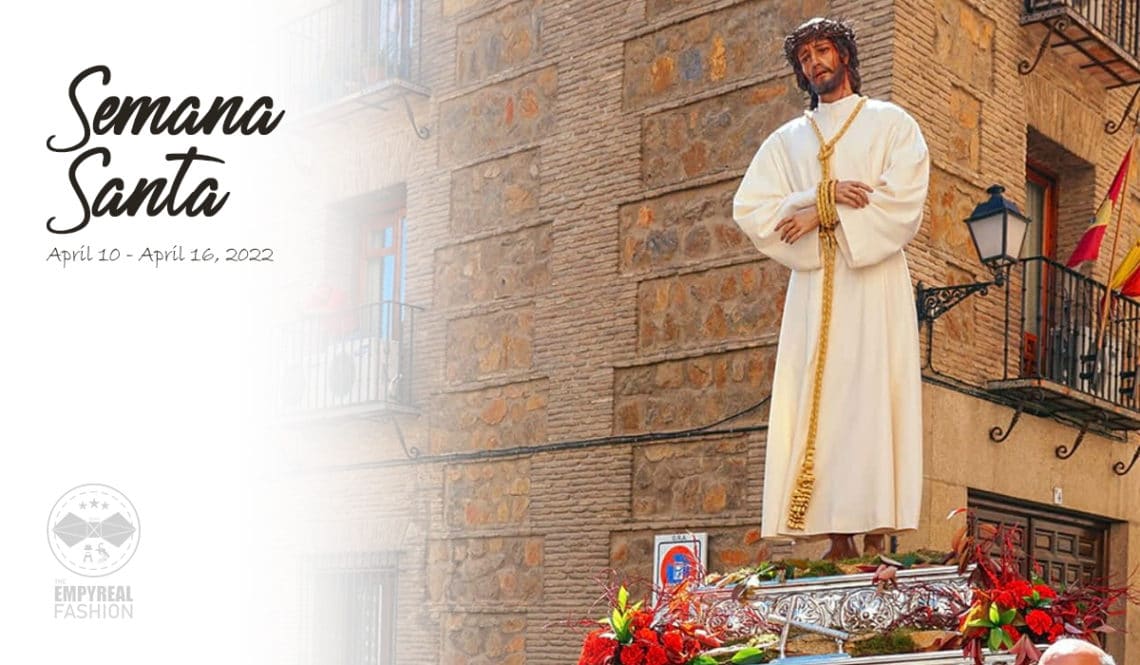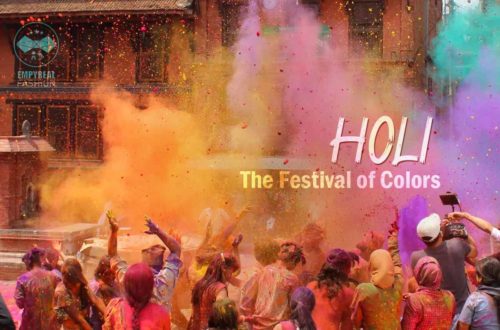
Semana Santa
During April, Spain hosts a traditional festival over Easter week, known as Semana Santa, or Holy Week. Whilst Easter in the US or the UK is about consuming vast quantities of chocolate eggs and spending time with family, Semana Santa ensures that Spanish people remember the origins of the holiday and participate in religious traditions. How much do you know about this famous festival? Read on to find out more.
Where did the festival originate from?
The festival is known as Spain’s annual tribute to the death and resurrection of Jesus Christ, predominantly celebrated by Spanish Cofradia, or religious brotherhoods. The festival takes place in most Spanish cities during the last week of Lent, which occurs a week before Easter Sunday.
Allegedly, Semana Santa originates from the 16th century in Spain, when the Marquisate of Tarifa (or Marques de Tarifa in Spanish) returned to Andalucía after a visit to the Holy Land in what is now the Middle East. He was inspired by the profound spiritual journey that Jesus Christ experienced during his crucifixion, which lead him to construct the Via Crucius (or Way of the Cross) in various churches across Spain. The Via Crucius were a series of intricate, vivid paintings that revealed images of Jesus on the day of his crucifixion.
Some experts also suggest that a number of Semana Santa traditions were formed during the Baroque Period of the 17th-18th centuries, as well as some traditions being formed as late as the 20th and 21 centuries.
What happens in the festival?
Predominantly, the festival is about presenting scenes from the Passion of Christ story by walking in various processions. Details of the story are depicted by Pasos, or huge, ornate floats that are passed through the crowds of the city. Each float represents a different part of the story, and is typically decorated with gold embellishments.
These Pasos are typically carried by Costaleros , or members of the Spanish Catholic brotherhood. To become a member, an individual must be a devout Catholic and have a family history within the brotherhood. Normally, between 20 – 40 Costaleros are responsible for keeping the float balanced, with year-round practice to ensure everything runs smoothly for the festival.
Costaleros wear a nazareno, or penitential robe, for the majority of the processions. This consists of a tunic and a hood with a pointed tip which is used to obscure the face of the wearer. The origin of the outfits comes from the Medieval period, where devout Catholics were able to prove their penance whilst hiding their true identity. Costaleros may additionally be accompanied by marching bands performing music specially written for the religious processions.
How does the festival differ based on region?
Whilst the festival originated in Spain, different regions all have their own special way of honoring the tradition. In Andalusia, the most popular celebrations occur in the regions of Sevilla, Malaga and Cordoba. People from all over the world like to travel to their region as it consists of non-stop celebrations from Holy Thursday to Good Friday, which provides over 24 hours of festivities!
Furthermore, some cities in the Castilian region of Spain have some of the longest traditions of the festival to date. In Salamanca, experts suggest that the earliest celebrations in the region stem from the 13th century, involving the display of wooden sculptures on the floats. The cities of Segovia and Alivia also pay homage to Castilian tradition by celebrating the festival around old city walls, aqueducts and palaces, making tourists feel as though they have stepped back in time.
Santa Semana traditions get even more unique as soon as you travel out of Spain. Many Latin American countries are largely Roman Catholic, allowing for a combination of Christian festivities with a cultural twist. For example, in Brazil, people take to the streets the evening before Easter Sunday to create marvelous and colorful designs out of sawdust and natural materials. This marks the path of the processions for the next day, and adds color and excitement to the city!
Similarly, in Mexico City, Semana Santa is taken incredibly seriously by pious nationals. One of the most well-known celebrations takes places in the neighbourhood of Iztapalapa, where actors practice for months to play the roles of Jesus, Mary and Roman Soldiers in an enactment of the Passion of Christ. Lots of money is also spent on costumes and staging, and the event is so famous that it is live-streamed on Mexican television.
Semana Santa: an unmissable event:
It is clear to see that the Roman Catholic tradition of Semana Santa is a spectacle to behold, for both devout Christians and agnostics alike. From the colorful processions, beautiful floats and culturally significant outfits to the outstanding performances by those involved, the festival is not to be missed.



